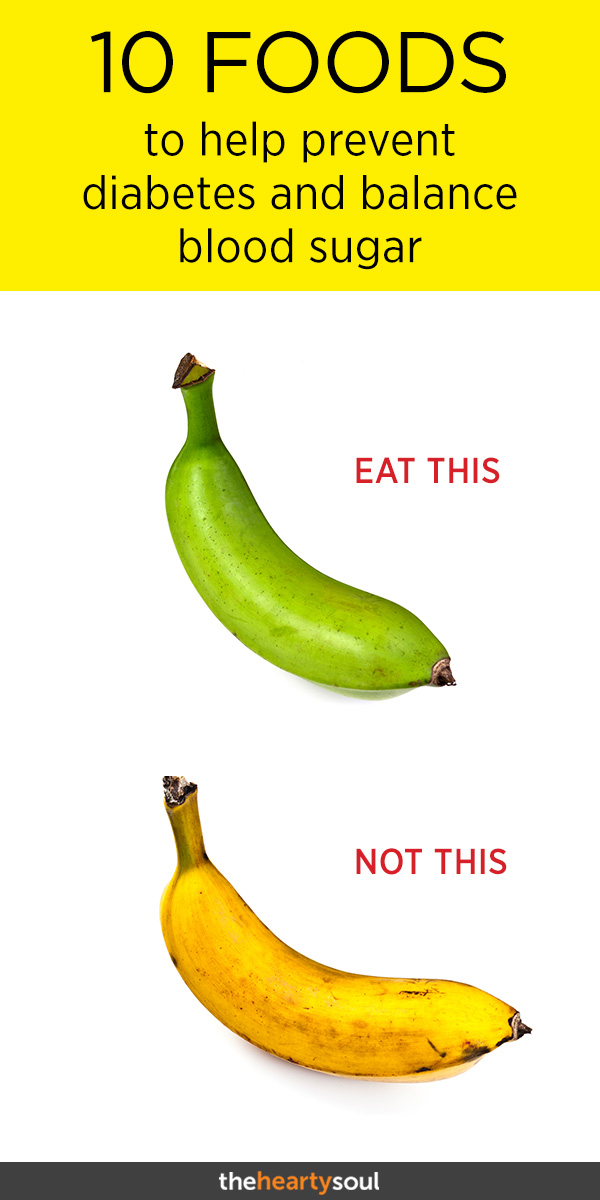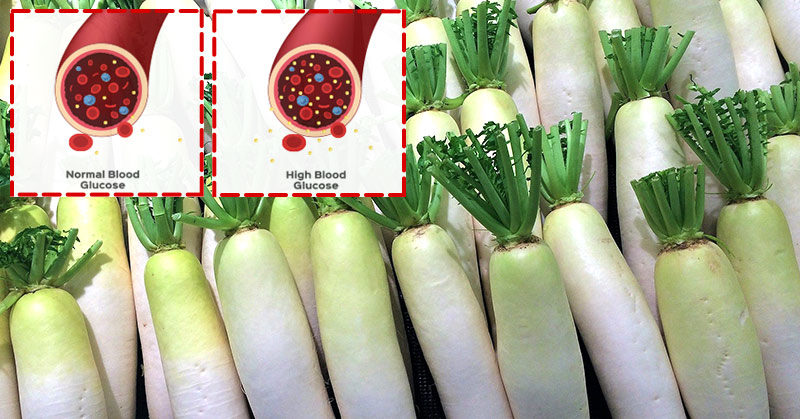We all know the basic idea that surrounds ‘healthy living’. Eat more vegetables, exercise, get good sleep, and stress-less. A generic formula for the masses, but a formula that’s not always easy to adapt even though it always sits in the back of our minds.
The sad truth is that with the buzz surrounding the latest superfoods or miracle diets, we often forget about these core nutrition concepts.
We also live in a society where eating healthy (based on the latest trends) can get expensive, whereas highly processed food that can last forever on the store shelf can be rather cheap.
We’re enticed by delicious marketing, and our taste buds end up adapting to the high sugar, high fat, and high salt content of packaged foods, which is why certain conditions, like heart disease, type 2 diabetes, and metabolic syndrome are so prevalent.
And a result of diets that are less whole food based, and more convenient based, our blood sugars bear the brunt. Abnormal blood sugar levels (or dysglycemia), which has an overall impact on your health, can…
- Cause fatigue and irritability
- Can contribute to other hormonal imbalances
- Can cause headaches and dizziness
- Can cause sugar cravings, which often lead to poor dietary choices
There are ways to naturally manage your blood sugars and help prevent these symptoms and diseases. Start with the basics we mentioned above, as well as incorporating more foods that have been scientifically proven to help with our blood sugar management.
Top 10 Foods to Help Balance Your Blood Sugar
1. Steel cut oats
As long as you’re choosing a version of oats that do not contain added sugars, and are generally in their whole food state, such as steel cut or rolled oats, they can be a wonderful food for balancing blood sugars.
Oats are incredibly high in fiber and protein and have heart protective properties (20). They also make a great filling meal, which helps reduce the need for quick convenience foods later in the day. Oats also contain beta glucans (21), which are a soluble fiber that helps to maintain healthy cholesterol levels.
You can cook a large batch of steel cut oats in your crock-pot or on the stovetop and have an easy breakfast throughout the week. Add in a few other nutritious ingredients such as fruit, cinnamon, and nuts and seeds to create more flavor and provide you with a nutrient-dense meal that provides energy throughout the day like these 2 Minute Chocolate Peanut Butter Overnight Oats:
2. Okra
Okra is one of those foods that is incredibly beneficial for your health, and relatively easy to add to pastas, soups, and stews.
Although research on okra is still in its early stages, studies of the extracts, and major phytonutrients (plant chemicals), isoquercitrin and quercetin 3-O-gentiobioside have been shown to reduce blood glucose and insulin serum levels in mice (3). In Turkey, blood sugar issues have been treated with roasted okra seeds for years (16).
Foods that contain a high fiber content, as well as antioxidants, have been recommended for those with blood sugar issues because these types of food lower cholesterol and have a stress relieving effect on the body. This makes okra a powerful food for blood sugar management (5).
3. Cinnamon
Cinnamon is a great spice to add to your diet if you’re looking to take control of your blood sugars. Although different types of cinnamon have been studied and shown as effective for blood sugar management, the true cinnamon or Ceylon cinnamon is the one with the best results and the one you should be looking for.
Ceylon cinnamon is the ideal form of cinnamon, as it’s very low in coumarin (a liver toxic substance) that is found in higher amounts in the cassia variety of cinnamon.
Ceylon cinnamon works in various ways to help manage type 2 diabetes. For example, it reduces the influx of glucose into the bloodstream from the small intestine (this is through enzyme inhibition) (12), and it has been shown to act as an insulin mimetic (it mimics insulin) to help with adequate cellular glucose uptake (13, 14).
One of our favorite ways to use Ceylon cinnamon is in the form of Ceylon cinnamon tea. You can simply do this by taking a couple of Ceylon cinnamon sticks and slow boil them in a large pot of water for about 15-25 minutes. Once the tea is cool, the cinnamon will release its active compounds. Learn more about how to do this properly here (15). Drink this tea 20 minutes before and after meals.
You can also add Ceylon cinnamon to soups and stews to activate these beneficial compounds.
4. Avocados
Avocados are loaded with beneficial nutrients that help manage blood sugar levels, such as healthy fats, fiber, and magnesium.
As a low carb, and low GI food, avocados won’t spike blood sugar levels, and due to their high fat and high fiber content, they help manage blood sugar levels by helping to reduce fasting glucose (17).
The healthy fats found in avocados help you feel full longer and create a state of satiety, meaning that you are less likely to reach for high carb, or high Glycemic Index (GI) snack or dessert later in the day. Avocados are also quite high in magnesium, which plays a key role in regulating insulin (18).
5. Chia seeds
Chia seeds are one of our favorite little seeds. Not only are they incredibly high in fiber, but they have quite a high amount of plant-based Omega-3 fatty acids.
One study (7) suggested a reduction in the glycemic response after consuming chia seeds baked into white bread, a high carbohydrate meal. Another study (8) showed a decrease in appetite for those who consumed chia seeds in their breakfast yogurt compared to those who didn’t.
The best way to consume chia seeds is soaked in liquid, or cooked/ baked into food. Chia seeds have a high absorption rate for liquids and contain soluble fiber, so they will absorb the water in your intestinal system in order to help bulk up your stool. This creates peristalsis and helps with digestive issues such as constipation. Due to their high water absorption rate, it’s best to drink more water in the day if you are consuming chia seeds.
6. Resistant Starch Foods
‘Resistant starch’ simply means a type of indigestible starch that comes from carbohydrates (yes, carbs can be incredibly good for you). These resistant starch foods go through the digestive process, staying intact. They are found in grains, seeds, legumes, starchy foods like unripe bananas, and are also formed when starchy foods like potatoes and rice are cooked and then cooled – a pretty cool trick that also lowers the GI of those foods as well. (1)
Some studies suggest that resistant starches can improve insulin sensitivity and have been effective at lowering blood sugar levels after meals.
7. High Protein Foods
When we often hear protein, we automatically relate it to meat or animal-based meals, but so many healthy protein sources come from plants.
Eating a meal that’s high in protein, healthy fats and low GI carbs helps to maintain steady blood sugar levels throughout the day and studies have shown that people with type 2 diabetes who focus on good quality protein have better blood sugar management (22).
Quality does matter here though. Opt for small amounts of pasture raised or organic sources of animal protein such as chicken, beef, eggs and wild seafood. There are also some incredible sources of plant-based protein including chickpeas, beans, lentils, tempeh, and nuts and seeds.
8. Broccoli
Chromium is a mineral that’s also part of the essential trace elements because we need only small amounts of it for our health. It has been shown to help lower fasting blood sugar, insulin levels and help people with type 2 diabetes manage their blood sugars more effectively (2).
So why broccoli? Because broccoli is one of the best sources of chromium with over 30% of your RDA in just half a cup. But, broccoli’s benefits don’t end there. Along with other vegetables in the brassica family, it’s been shown to reduce the risk of cancer (6).
If you’re not a fan of broccoli or you find it pretty bland, don’t give up yet just give this Spicy Lemon Caper Broccoli Salad a try.
9. Cherries and berries
Delicious and full of flavor, both cherries and berries are some of the healthiest fruits you can eat. They have a lower GI than other sweeter fruits such as mango or pineapple, and they are high in heart-healthy antioxidants, essential vitamins, minerals, and fiber.
A diet high in fruits such as berries has also been shown to reduce the risk of developing tpye 2 diabetes (9) as well as manage insulin and blood sugar regulation.
Cherries and berries can be easily incorporated into your daily routine in smoothies, on top of yogurt or oats or these Paleo Cassava Flour Pancakes.
10. White radish
Daikon is an unusual type of white, winter radish that grows primarily in Southeast and East Asia. It basically looks like a white carrot.
It’s not only a good source of vitamins and minerals but it also has a therapeutic effect for those with diabetes. While we’re still in need for clinical trials in humans to validate the results, the way radish helps manage blood sugar levels is possibly tied to various mechanisms including:
- Glucose regulatory hormones
- Reducing oxidative damage (caused by diabetes)
- Improving insulin resistance
- Reducing carbohydrate absorption via enzyme inhibition in the gut (11)
But if you can’t get your hands on daikon, don’t worry the traditional radish that we all know is just as beneficial. We love the texture, flavor and color and this little root adds to our dishes.
These are some of our favorite blood sugar balancing foods and incorporating even one or two of these foods into your diet is a great start. Gradual but consistent small lifestyle changes like adding more vegetables, moving and managing stress are a great place to start.

Sources
- https://lpi.oregonstate.edu/mic/minerals/chromium#food-sources
- https://www.ncbi.nlm.nih.gov/pubmed/24746837
- https://www.ncbi.nlm.nih.gov/pubmed/27516694
- https://www.healthline.com/health/diabetes/okra#3
- https://www.ncbi.nlm.nih.gov/pmc/articles/PMC3743733/
- https://www.ncbi.nlm.nih.gov/pubmed/20087375
- https://www.ncbi.nlm.nih.gov/pmc/articles/PMC5621364/
- https://www.bmj.com/content/347/bmj.f5001
- https://www.ncbi.nlm.nih.gov/pmc/articles/PMC3178946/
- https://www.ncbi.nlm.nih.gov/pmc/articles/PMC5622774/
- https://www.ncbi.nlm.nih.gov/pubmed/21538147
- https://www.ars.usda.gov/research/publications/publication/?seqNo115=117040
- https://www.ncbi.nlm.nih.gov/pubmed/9762007
- https://www.cinnamonvogue.com/How_to_make_cinnamon_stick_tea.html
- https://www.ncbi.nlm.nih.gov/pubmed/24079173
- https://www.jabfm.org/content/25/1/16.full
- https://www.ncbi.nlm.nih.gov/pmc/articles/PMC4549665/
- https://onlinelibrary.wiley.com/doi/full/10.1111/j.1464-5491.2010.02923.x
- https://www.healthline.com/health/diabetes/oatmeal#pros
- https://www.ncbi.nlm.nih.gov/pubmed/25411276
- https://academic.oup.com/ajcn/article/78/4/734/4690022
- https://lpi.oregonstate.edu/mic/minerals/chromium#food-sources
- https://www.ncbi.nlm.nih.gov/pubmed/24746837
- https://www.ncbi.nlm.nih.gov/pubmed/27516694
- https://www.healthline.com/health/diabetes/okra#3
- https://www.ncbi.nlm.nih.gov/pmc/articles/PMC3743733/
- https://www.ncbi.nlm.nih.gov/pubmed/20087375
- https://www.ncbi.nlm.nih.gov/pmc/articles/PMC5621364/
- https://www.bmj.com/content/347/bmj.f5001
- https://www.ncbi.nlm.nih.gov/pmc/articles/PMC3178946/
- https://www.ncbi.nlm.nih.gov/pmc/articles/PMC5622774/
- https://www.ncbi.nlm.nih.gov/pubmed/21538147
- https://www.ars.usda.gov/research/publications/publication/?seqNo115=117040
- https://www.ncbi.nlm.nih.gov/pubmed/9762007
- https://www.cinnamonvogue.com/How_to_make_cinnamon_stick_tea.html
- https://www.ncbi.nlm.nih.gov/pubmed/24079173
- https://www.jabfm.org/content/25/1/16.full
- https://www.ncbi.nlm.nih.gov/pmc/articles/PMC4549665/
- https://onlinelibrary.wiley.com/doi/full/10.1111/j.1464-5491.2010.02923.x
- https://www.healthline.com/health/diabetes/oatmeal#pros
- https://www.ncbi.nlm.nih.gov/pubmed/25411276
- https://academic.oup.com/ajcn/article/78/4/734/4690022

